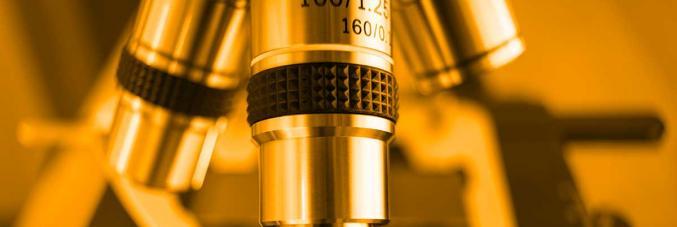
New ways to study congenital spinal cord malformations
17.07.2024
A group of scientists from the University of Padua and the Veneto Institute of Molecular Medicine (VIMM), in collaboration with University College London (UCL), have managed to create mechanical force sensors directly in the developing brain and the spinal cord of chicken embryos.
The study Quantifying mechanical forces during vertebrate morphogenesis published in the prestigious journal Nature Materials, opens new ways to understand and prevent congenital malformations such as spina bifida which affect one child in 1,000 born in Europe.
Although they have been studied for decades, the entire spectrum of these malformations cannot be explained by molecular and genetic studies. A complementary path has therefore been identified in the study of the physical and mechanical parameters of tissues during embryonic development. Force fields produced during the various phases of embryonic development are crucial in the formation of organs and anatomical systems, studying them carries technical problems linked to the difficulty of acting on embryos. A typical example in which mechanics acts and is fundamental concerns the formation of the neural tube, which will give rise to the central nervous system.
To overcome this challenge, a study conducted by Eirini Maniou, Marie Sklodowska Curie Fellow at the University of Padua Associate Staff at UCL, Nicola Elvassore, professor at the University of Padua and scientific director of VIMM, and by Gabriel Galea, Principal Research Fellow at UCL has managed to 3D print tiny force sensors, about 0.1 mm wide, directly into the developing nervous system of chick embryos.
This made it possible to quantify the tiny forces – equal to about 1/10 the weight of human cilia – that embryos must generate to form the spinal cord.
For normal development of embryos, these forces must be greater than the negative forces that resist in the opposite direction. The identification of drugs capable of increasing the positive forces or decreasing the negative ones could help prevent congenital malformations such as spina bifida. Such drugs could complement the benefits of taking folic acid, a well-established prevention strategy before pregnancy.
The research team also demonstrated that the same technology can be applied to human stem cells as they specialize in spinal cord cells. In the future, this will allow stem cells from healthy donors and spina bifida patients to be compared, to understand why some people develop the condition.



